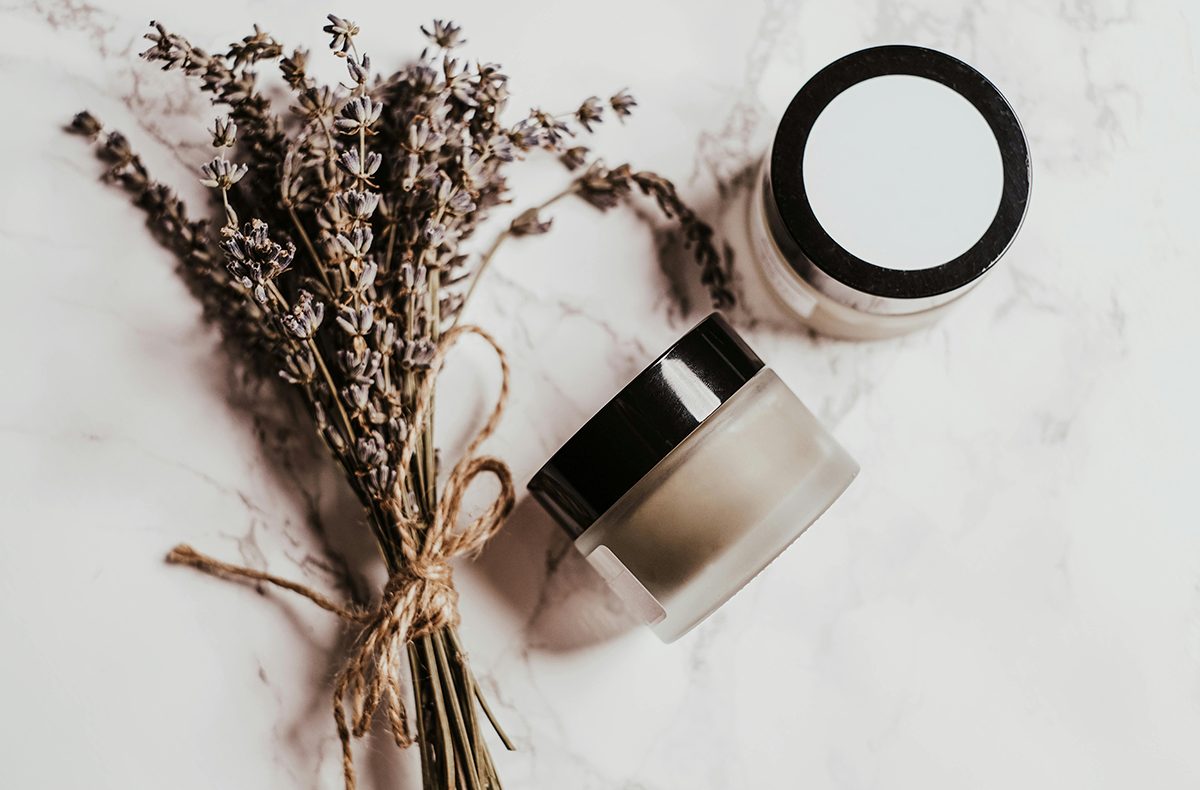Making homemade cosmetics is not easy at first. When I first became interested in this subject, most of the recipes I found on the internet were difficult to make and required a lot of ingredients. Therefore, I started to create my own "easy recipes", which I have tested myself, as well as my family and friends, with a high degree of acceptance. The recipes I propose are extremely simple, with a fairly limited pool of ingredients and trying to keep the preparation of each mixture to just a few minutes. As I have already mentioned, there are much more complicated recipes, with many more ingredients and much more complex preparation methods. However, from my point of view these recipes do not offer a better effect than simpler recipes with quality ingredients, yet they are much more complex and much more expensive. Here are some general tips to get you off to a good start and make the preparation of cosmetics easy for you.
- Stock up on good quality organic products. When you start preparing your cosmetics, you will need to make a small initial investment. I advise you, even if it is a bit more expensive, to buy organic products, cold extracted oils, etc. There are many suppliers on the internet who have very good products. I prefer not to give out addresses, but if you know someone who makes their own cosmetics, ask them for advice.
- Don't forget to have some distilled water or filtered water on hand (a home filter will also work).
- Store your raw materials in a cupboard or a place protected from heat and light. Oils, even if they are of very good quality, have a tendency to oxidise and go rancid quite quickly. If you keep them well stored, they will last much longer. Also, many products, such as vitamins, are photosensitive and lose their properties if they are not protected from light.
- Get some containers and bottles of different sizes, preferably dark glass if possible, with different types of lids (airtight, roll-on, etc.). You can set aside glass from preserves or food products that you use up, or buy them in the online shops where you buy your raw materials, as they usually sell them as well. The best way to mix is with a wooden spoon.
- It is convenient to have a very accurate kitchen scale, or even a micro scale (it is like a spoon that weighs 0.1 gram by 0.1 gram).
- To make the creams smooth, especially if they contain shea butter, which is a bit grainy, the ideal is to heat the oily phase (all oils, butters or waxes) in a bain-marie, stirring until the mixture becomes liquid and then put it in the fridge or freezer for a while, take it out and whip it, put it back in, take it out again and whip it again, and so on several times until it has the texture of a thick cream.
- If you want to emulsify creams, i.e. mix an oily product (oil for example) with an aqueous product (aloe vera, for example) in the container you use, you must always pour the aqueous phase over the oily phase so that it binds well, and both products must ALWAYS be at the same temperature. This is the same principle as for mayonnaise. When using a hand mixer you should start beating at low speed so that the mixture binds and then increase the speed and the movement of the arm. I have very few recipes where you need to make emulsions, precisely because I know it is not easy. In any case, if you have to make an emulsion, the most important trick is that all the ingredients are at the same temperature, as I have already mentioned. When you make mayonnaise at home, you will see that it will never run out if you leave the eggs to temper so that they are at the same temperature as the oil and you don't put them in fresh from the fridge. Well, the same principle applies to creams.
- Be careful with bicarbonate in deodorants because it stains dark clothes. It is an interesting product as it helps regulate perspiration and odour. But you should try to make sure your skin has absorbed the deodorant well before getting dressed, or, if you are in a hurry, remove the rest with a towelette.
- Essential oils and vitamins should be added when the mixture has cooled. Otherwise, they may lose their properties.
- With a few exceptions, essential oils should not be applied directly to the skin. It is better to dilute them in a carrier oil (sweet almond, olive, argan, coconut, etc.).
- I tend to be very cautious with essential oils. From my point of view, these products have pharmacological effects and, if you are not trained, I think it is better not to use them. Perhaps the least dangerous are citrus oils (lemon, orange, etc.). In my case, I don't usually use them as a "perfume", as I don't see the point of giving a scent to a cream that is going to wear off a few minutes later. I only use them if I am looking for a particular effect (disinfectant, anti-inflammatory or anti-perspirant effect, for example), at a low concentration and very occasionally.
- Above all, I do NOT recommend using essential oils in cosmetics for children and pregnant women. There is increasing evidence that many of them contain endocrine disruptors.

